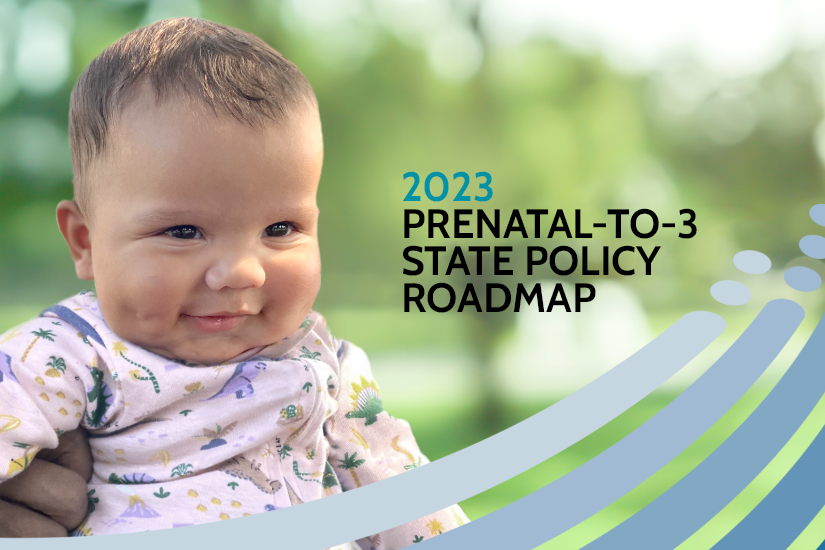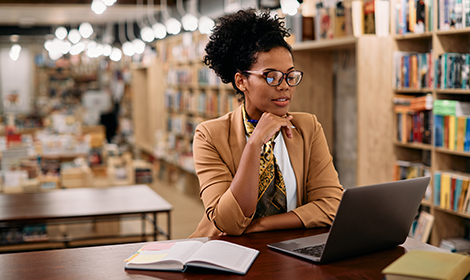Resources
Original research, evidence reviews, and more about how state policies can help all children thrive. Can’t find what you need? Contact us directly with an information request.
Rigorous scientific evidence informs our annual policy guide, which gives states actionable solutions to improve outcomes for all young children.
How do you know if a state policy truly improves outcomes for infants, toddlers, and their families? We reviewed thousands of research studies for you.
We conduct original research—including program evaluation, policy analyses, benefit-cost analyses, and mixed methods studies—to build the evidence.
These worksheets walk you through the key levers for policy and program design and implementation—with a focus on building an equitable system of care.
In your state, how do policy choices affect the financial resources a family can use to provide for their children? And how do other states compare?
Our blog features state legislative updates, explainers on complex prenatal-to-3 policy topics, and coverage of important events and emerging research.
Search Resources
FILTER RESOURCES BY:
- Blog
- /
- TOPIC:
- Child wellbeing | Health care | Paid leave | Parental health | Parenting support
- Blog
- /
- TOPIC:
- Child poverty | Child wellbeing | Economic supports | Health care
- TOPIC:
- Child care | Economic supports | Health care | Paid leave | Parental health
- TOPIC:
- Child poverty | Economic supports | Equity
- TOPIC:
- Child poverty | Child wellbeing | Economic supports | Equity | Parenting support
- Blog
- /
- TOPIC:
- Child care | Economic supports | Health care | Paid leave | Parental health
- TOPIC:
- Economic supports
- TOPIC:
- Economic supports | Equity | Health care | Paid leave | Parental health
- News
- /
- TOPIC:
- Child care
- News
- /
- TOPIC:
- Child care






